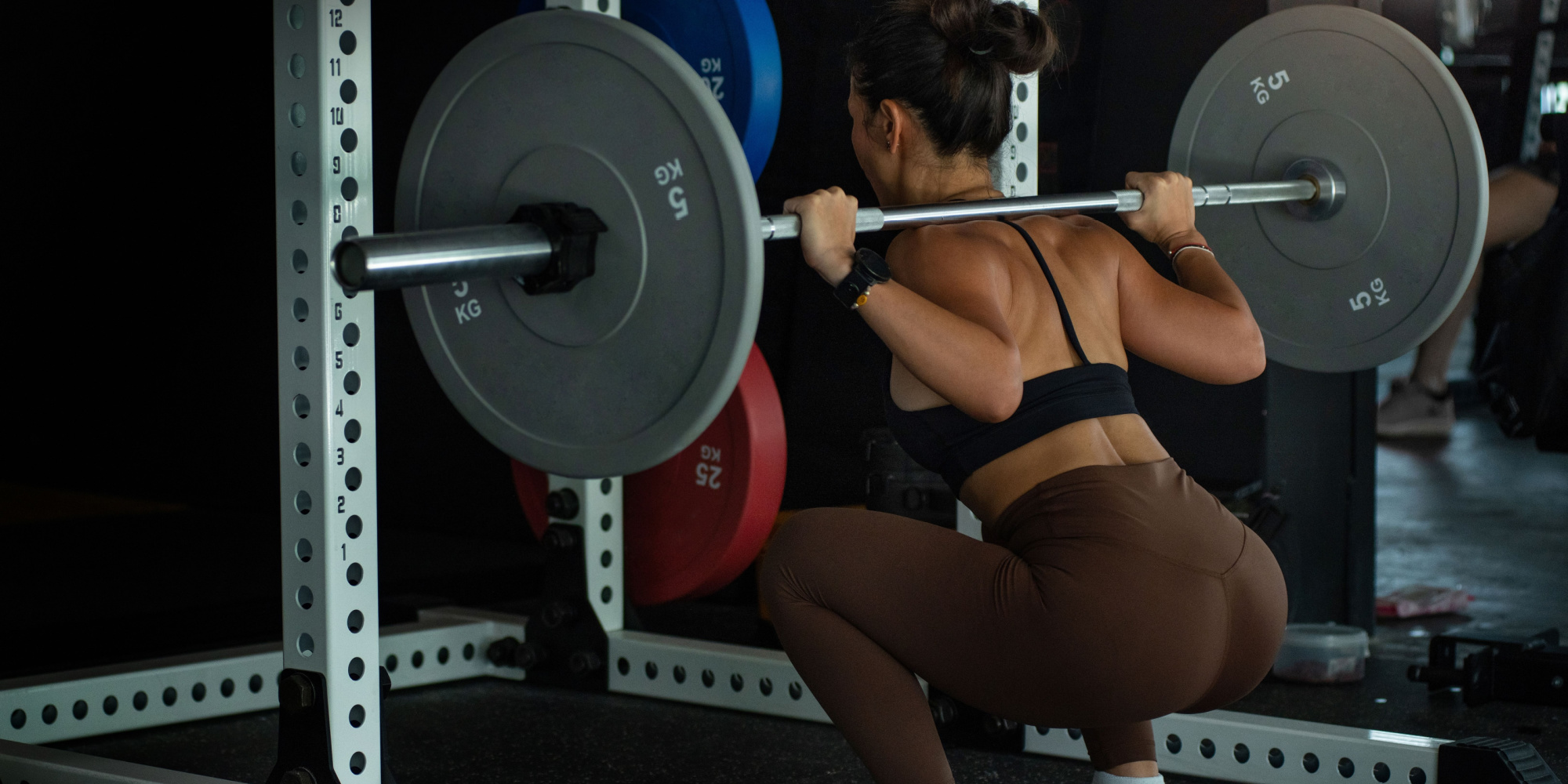How to Break Through a Squat Plateau
Oct 9, 2023 mindpumpLift long enough and you will hit a plateau on any lift. We cannot expect to forever progress week to week otherwise we’d all be squatting 100,000 pounds. Hitting a wall is going to come. What you do about it is the real issue. Today I’d like to talk about how to break through a squat plateau and keep seeing progression whenever you get stuck.
Form
Let’s start with the basics. If your form isn’t mastered, or you’ve found as you moved up in weight your form got sloppy lets start there. It’s easy to focus so much on pushing the weight up that you forget where your form is. Having proper technique allows you to get all the muscles firing synergistically to get the weight up the way it needs to safely. You can film yourself or hire a coach to assess your form and see if it needs to be tweaked. You may notice anything from hunching over as you come up, having a butt wink at the bottom, or your knees caving in.
Change Your Rep Range or Variation
If you’ve been sticking with a certain rep range for more than 6-8 weeks I would recommend changing it up for a mesocycle. If you were doing sets of 3-6 reps, try a higher rep range like 10-12. It’ll give your muscles a new stimulus to adapt to without having to change the exercise or do anything drastic. In this particular case, the extra reps will help build the stamina and volume so when you come back down to lower rep ranges, you can push more weight. This is known as periodization and allows you to ultimately cycle through different rep ranges constantly so you aren’t getting caught up in any one. It’ll help stimulate the muscle differently each time.
You can also vary the squat. Instead of doing just a regular barbell squat, try a goblet squat or belt squat. Maybe you take a longer pause at the bottom of your regular squat and use lighter weight to achieve that at first. There are many ways you can change your current lift or switch up the exercise but still hit the same movement pattern.
You can also consider focusing on the weaker muscles for that lift. If your glutes are the weakest muscle in that lift, you can incorporate assistance exercises doing glute bridges or deep lunges to get some extra volume and build that weaker area up. If you are struggling with the quads you can do leg presses or hack squats.
Make Sure You are Recovering
No matter what changes you make, you will still need time to recover. Get your 8-9 hours of sleep, keep the stress low, and eat the proper foods. Listen to your body. If you are feeling joint pain or other aches, back off on the weight or take a deload week. Space out your leg or squat days enough that you can hit the movement fresh and not all beat up.







